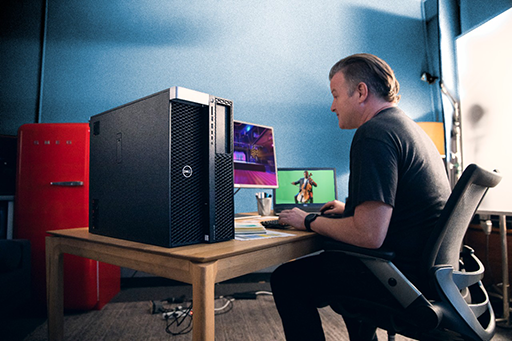Assets

Creating clarity through multiple lenses
Wed, 24 Apr 2024 12:20:55 -0000
|Read Time: 0 minutes
Originally published on August 20, 2019
With just a single lens, a camera captures objects in 2D space. Using only the camera on a cellphone, users are capable of recording ultra-high definition video and playing back on their home entertainment screens with amazing fidelity. While the movie depicts a masterful 3D scene, we are only perceiving the realistic nature by remaining in our seats. Moving from side to side will not allow the viewer to see objects not captured by the camera. We remain satisfied with our viewing experience for media, as we are given the view that the recorder intended.
Adding another camera to a phone allows users to capture another dimension, depth. Ironically, the images from each lens look extremely similar and oftentimes are not noticeably different, unless viewed side-by-side. The minor differences exist between images but when viewed on a 3D supported television they provide an impressive experience emulating reality. While 3D television may not be the preference for all viewers of media, it does prove that adding a second lens can provide an additional measurement of depth, which is precisely the point.
Dell EMC is adding an additional perspective to our infrastructure considerations and guidelines for VDI (click here to access designs from our Info Hub). In the past, Dell and Dell EMC have relied solely on the LoginVSI scores under specific testing thresholds to provide our guidance for user density and sizing expectations. This benchmarking tool has been a positive and reliable industry standard benchmark and it will remain a part of our design guidance based on its effectiveness at displaying a maximum threshold for VDI. To complement that perspective, Dell EMC VDI Solutions will, where appropriate, begin using the NVIDIA nVector to provide the second lens necessary for focusing on experience.
The NVIDIA nVector toolset has the ability to monitor the VDI experience in different ways than LoginVSI. LoginVSI focuses mainly on server-side metrics and measures individual components throughout the load test. NVIDIA nVector does utilize server side metrics but adds client side measurements to monitor frame rate, latency, and protocol fidelity (or accuracy). These elements are more geared towards measuring how the end user perceives the experience, whereas the LoginVSI focuses on optimizing to the maximum limitations of the hardware. Since VDI solutions are comprised of components beyond the server, a holistic measurement tool for the entire VDI environment gives Dell EMC the ability to measure experience impacts of components, such as switches, SD-WAN, thin clients, and more.
Come find out more about the benefits of Dell EMC VDI Solutions at VMworld 2019, as we present in the NVIDIA booth, our executive suite (click to register for the event), as well as the many great VDI sessions from Dell Technologies. We hope you'll gain from our enhanced perspective.
Published By

